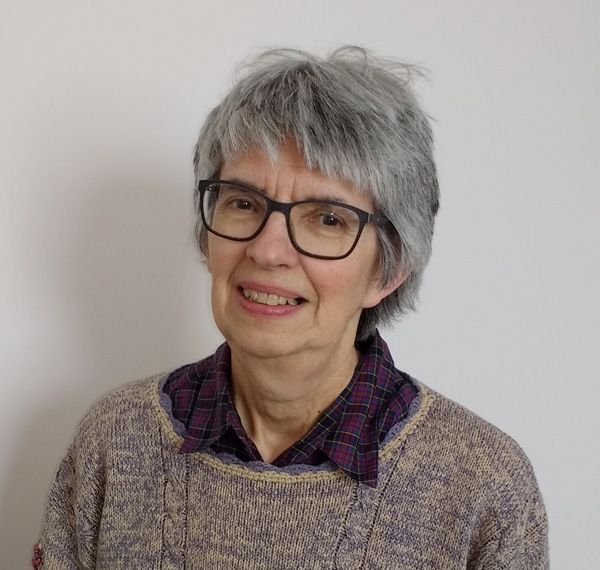I have been a member of the AIA since the mid-1970s which coincided with my first (and only) job with industrial archaeology in the title! My first stint on Council was from 1983 when the annual conference was held in Lincoln. I was secretary from 1988 to 1998 when I left Council. In 2009 I was re-elected to Council when again the annual conference was held in Lincoln! (Perhaps I should make sure I do not attend any further conferences in Lincoln!)
In 2010 I took over the role of Planning Casework Officer, although it was then titled Endangered Sites Officer. The first title more correctly reflects what I do, which is to examine planning and listed building consent applications in respect of industrial buildings and sites. Sometimes cases are referred directly by local authorities, concerned individuals or affiliated societies, but the majority have been referred to the AIA by statutory consultees, the Amenity Societies. Initially referrals were from the Council for British Archaeology (CBA), but more recently they have been from the Ancient Monuments Society (AMS). These two societies are not period specific, so industrial sites of all periods, the Georgian to the 20th century can be referred. My main expertise is in respect of maltings and I gained experience of commenting on those applications from the mid-1990s when the AMS first referred them to me. So, when I was asked to take on the role of Endangered Sites / Planning Casework Officer, I felt reasonably comfortable. When I first looked at malthouse applications in the 1990s, all the paperwork was hard copy and sometimes the only way to fully understand the impact of the conversion was by site visit. Today all applications are on line and usually much easier to check but if there are omissions one can request further details or object on the grounds that there is insufficient information on which to make a decision. There are of course no site visits now, which I do sometimes miss.

